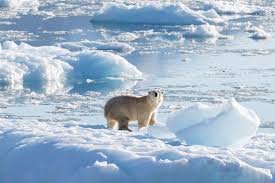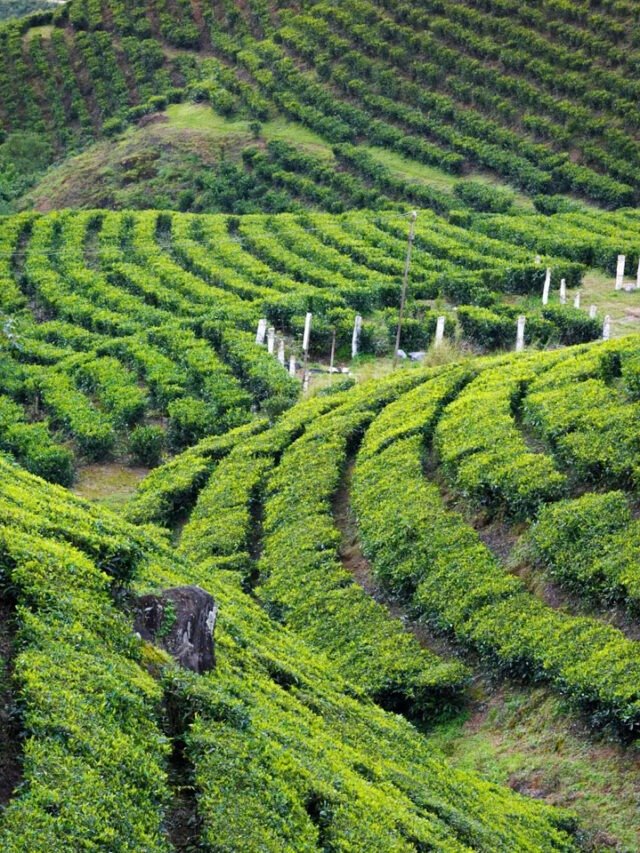NEW DELHI, Feb 29: About 90 per cent of the Himalayan Region will experience drought lasting over a year if global warming increases by 3 degrees Celsius, according to new research.
The findings, published in the journal Climatic Change, show that 80 per cent of the increased human exposure to heat stress in India can be avoided by adhering to Paris Agreement’s temperature goals of limiting global warming to 1.5 degrees Celsius, compared to 3 degrees Celsius warming.
The team led by researchers at the University of East Anglia (UEA) in the UK quantified how climate change risks to human and natural systems increase at a national scale as the level of global warming increases.
A collection of eight studies — all focusing on India, Brazil, China, Egypt, Ethiopia, and Ghana — shows that the risks of drought, flooding, declines in crop yields, and loss of biodiversity and natural capital greatly increase for each additional degree of global warming.
It found that in India pollination is reduced by half at 3-4 degrees global warming compared to a quarter reduction at 1.5 degrees.
Limiting warming to 1.5 degrees Celsius allows half the country to act as a refuge for biodiversity, compared with 6 per cent at 3 degrees, the researchers said.
The team found very large increases in the exposure of agricultural land to drought with 3 degrees Celsius warming – more than 50 per cent of the agricultural land in each of the countries studied is projected to be exposed to severe droughts of longer than one year over a 30-year period.
However, limiting global warming to 1.5 degrees Celsius would reduce the increase in exposure of agricultural land to drought by between 21 per cent (India) and 61 per cent (Ethiopia) as well as reduce economic damages due to fluvial flooding. This happens when rivers and streams break their banks and the water flows out onto the adjacent low-lying areas.
Avoided increases in human exposure to severe drought are also 20–80 per cent lower at 1.5 degrees Celsius than 3 degrees Celsius across the six countries, the researchers said.
Economic damages associated with sea-level rise are projected to increase in coastal nations, but more slowly if warming was limited to 1.5 degrees Celsius, they said.
The researchers warned that more effort is needed to reduce global warming, as currently the policies in place globally are likely to result in 3 degrees Celsius of global warming.
One paper explored the risks to plants and vertebrates due to increases in global warming, and another developed a new natural capital risk register for each of the six countries that also included the projected changes in the risk stemming from future human population changes.
This combination shows that many areas in the six countries are already at high natural capital risk at 1.5 degrees Celsius when effects of increasing human population are accounted for.
The findings also showed that an expansion of protected area networks is necessary in order to deliver climate resilient biodiversity conservation.
“The results presented in this collection confirm the need for the implementation of climate policies aligned to the Paris Agreement limits if widespread and escalating climate change risk is to be avoided,” said lead author of the paper, Professor Rachel Warren, from the UEA.
“They provide additional confirmation of the rapid escalation of climate change risks with global warming found in the Intergovernmental Panel of Climate Change (IPCC) 2022 report, which identifies how the risk of severe consequences increases with every additional increment of global warming,” Warren said.
Although these studies focus on the risks to six countries only, other nations are projected to experience similar issues, the researchers said.
Greater emphasis needs to be placed on both climate change mitigation and climate change adaptation to avoid large increases in risk to both human and natural systems, they said.
“For example, a good way to combat the effects of climate change on natural systems and soak up carbon from the atmosphere is to restore ecosystems to their natural state, especially if warming can be held to 2 degrees Celsius or less. This has the additional benefit of restoring the natural capital bank in these areas,” said study co-author Jeff Price, also from the UEA.
The work focuses on developing countries as they tend to be more vulnerable to climate change than others. Spanning the continents of Asia, Africa, and South America, the case studies present examples of both large and small countries and cover a range of levels of socioeconomic development.
The risks assessed are the additional risks due to anthropogenic or human-induced climate change corresponding to the elevated global warming in comparison with a baseline of levels of risk in 1961-1990, when warming was approximately 0.3 degrees Celsius above pre-industrial levels.
Together the studies provide a harmonised assessment for the six countries of projected changes in exposure of humans and land to climate-related hazards, such as drought, water stress, fluvial and coastal flooding, and the projected effects of climate change on biodiversity, as well as the economic and societal implications of climate risks. (PTI)












